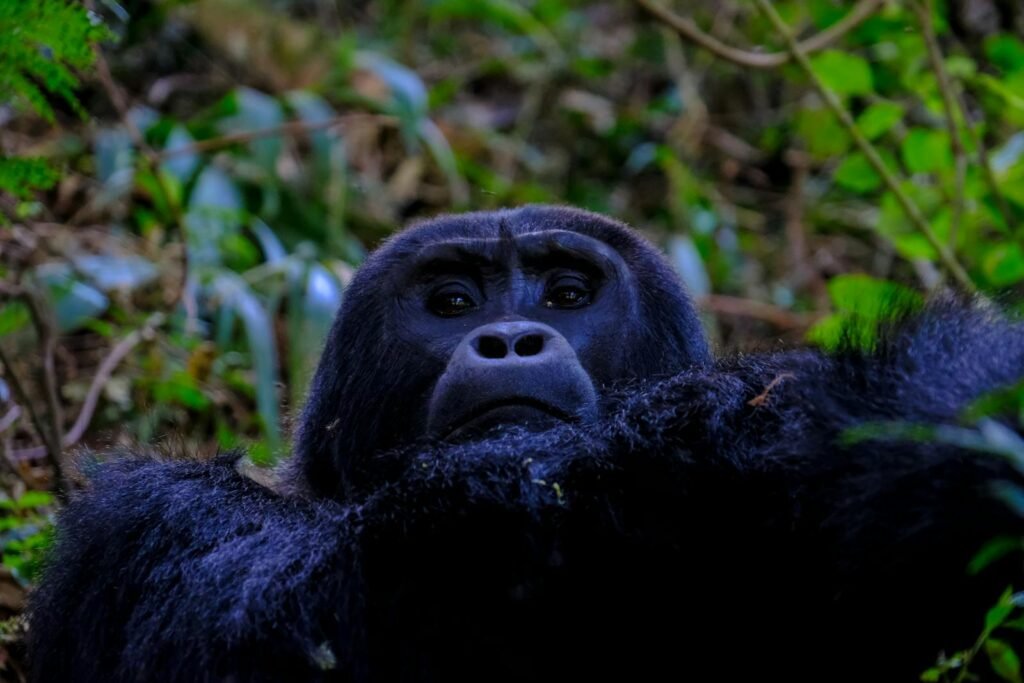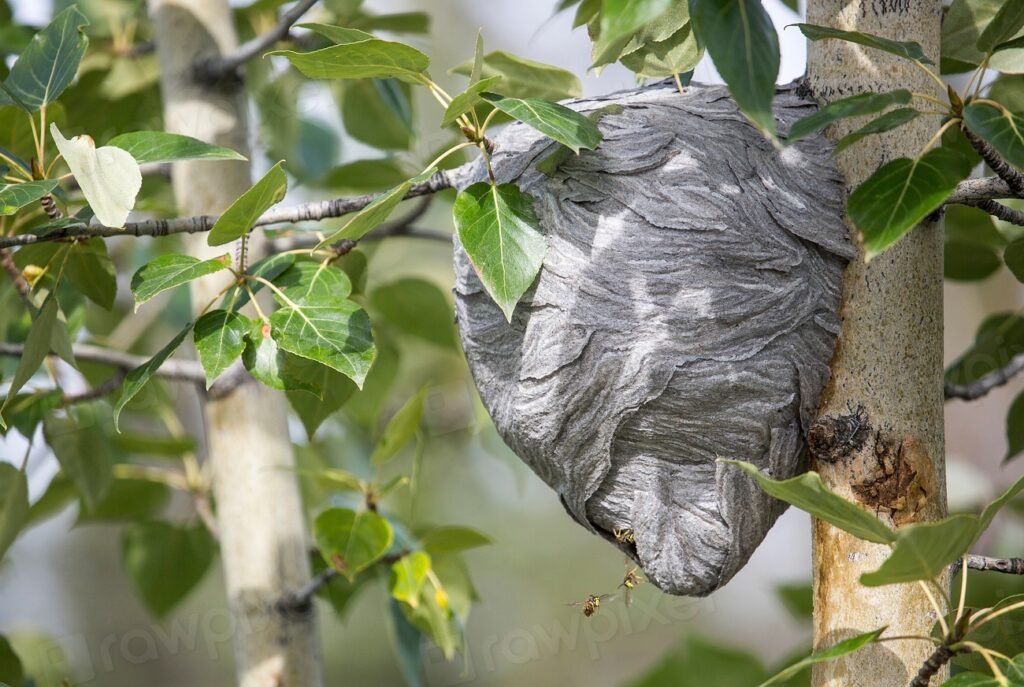Imagine the stillness of a forest broken by the gentle trickle of a stream. To most people, it’s just a soothing background sound. But to a beaver, that running water is an irresistible call to action. The moment a beaver hears the delicate rush of a stream, something almost magical happens—a spark is lit, and the wheels of instinctive engineering begin to turn. Why does this humble rodent react so dramatically to the sound of water? Let’s venture into the remarkable mind—and world—of the beaver to discover what makes this animal the true architect of the wild.
The Science Behind Beaver Instincts
Beavers aren’t just responding randomly when they hear running water; their behavior is deeply rooted in evolutionary biology. Over thousands of years, beavers have developed an acute sensitivity to the sound of moving water. This sensitivity acts almost like a built-in alarm system, alerting them that there’s a breach in their carefully crafted environment. Scientists have found that beavers are hardwired to associate the sound of running water with potential threats to their dams or lodges. If water escapes, their habitat could dry out, making it unsuitable for safety and food storage.
The Power of Sound: Nature’s Construction Trigger
What’s truly fascinating is that beavers don’t even need to see the water—they act on sound alone. In laboratory experiments, researchers have played recordings of running water next to beavers, even if no actual leak exists. The result? The beavers immediately begin piling on mud, sticks, and debris in an almost feverish attempt to “plug” the perceived leak. This astonishing response showcases how powerfully a simple sound can trigger a cascade of behaviors. The urge is so strong that beavers will even try to dam up speakers playing water sounds!
Why Dams Matter: Shelter, Safety, and Survival
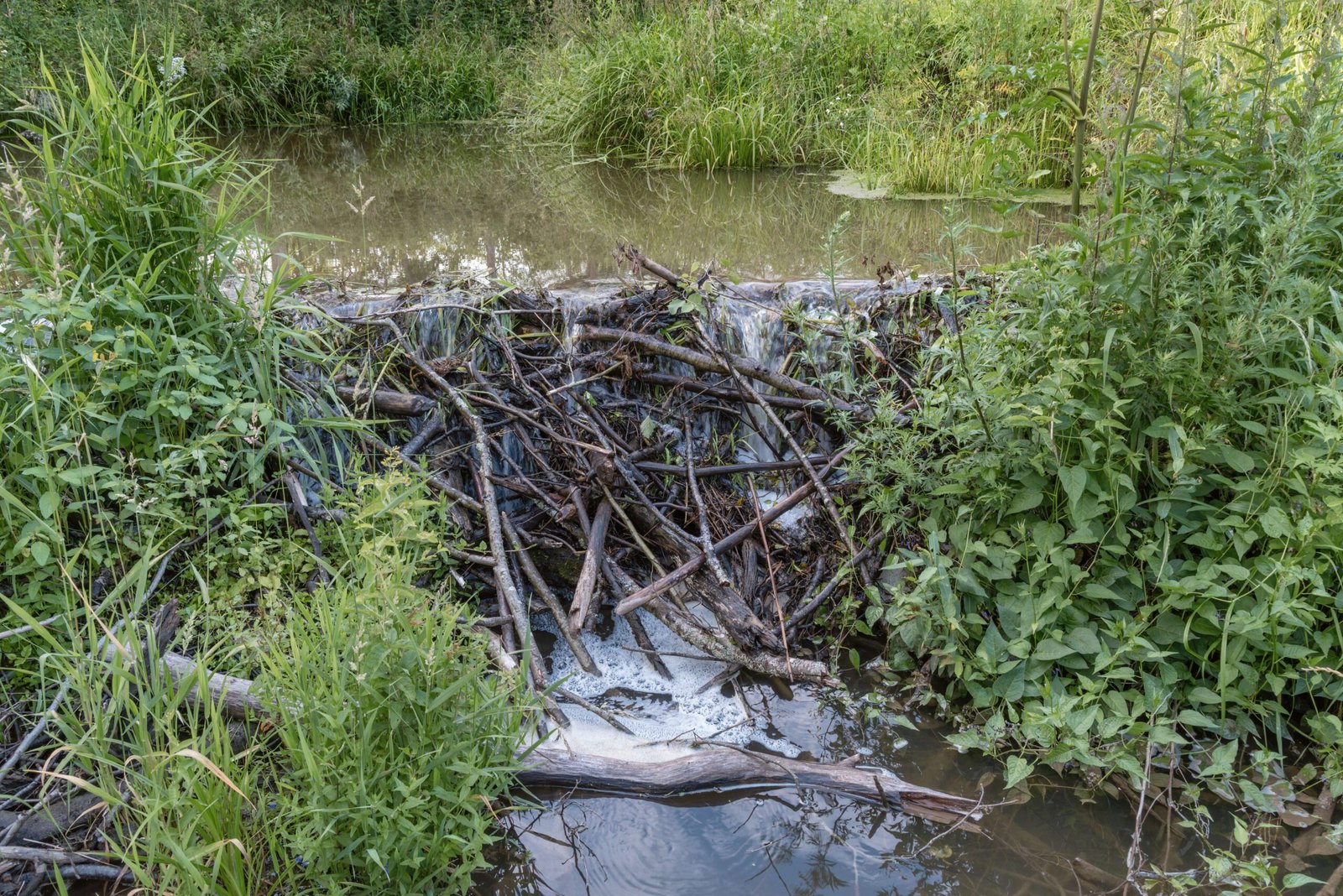
For beavers, dams are more than just impressive feats of animal engineering; they are essential for survival. A dam creates a deep pond, which provides beavers with protection from predators and access to underwater entrances to their lodges. The calm water behind a dam also makes it easier for beavers to store food for the winter. If running water is heard, it often means that the integrity of their pond is at risk. This is why the sound is such a powerful motivator—without a dam, a beaver’s entire way of life is threatened.
Building Begins: The Construction Process Unfolds
Once a beaver is alerted by the sound of running water, its construction instincts take over. The beaver gathers branches, twigs, leaves, and mud from the surrounding area. It uses its strong teeth to cut down trees and shape them into building material. With remarkable dexterity, the beaver stacks these items in the flowing water, working tirelessly to stop the leak and restore calm. This building process is not random; beavers use trial and error, adjusting their construction techniques based on how the water flows and where it leaks.
Family Matters: Teamwork in Dam Building

Beaver dams are rarely solo projects. These animals are family-oriented, and the entire group—including adults and juveniles—often works together to maintain their watery fortress. Each beaver brings its own strengths: adults haul larger branches, while younger beavers help with mud and smaller sticks. This teamwork not only ensures that the dam is built quickly but also strengthens family bonds. Observing a beaver family at work is a lesson in cooperation and shared purpose.
The Impact on Ecosystems: More Than Just Builders
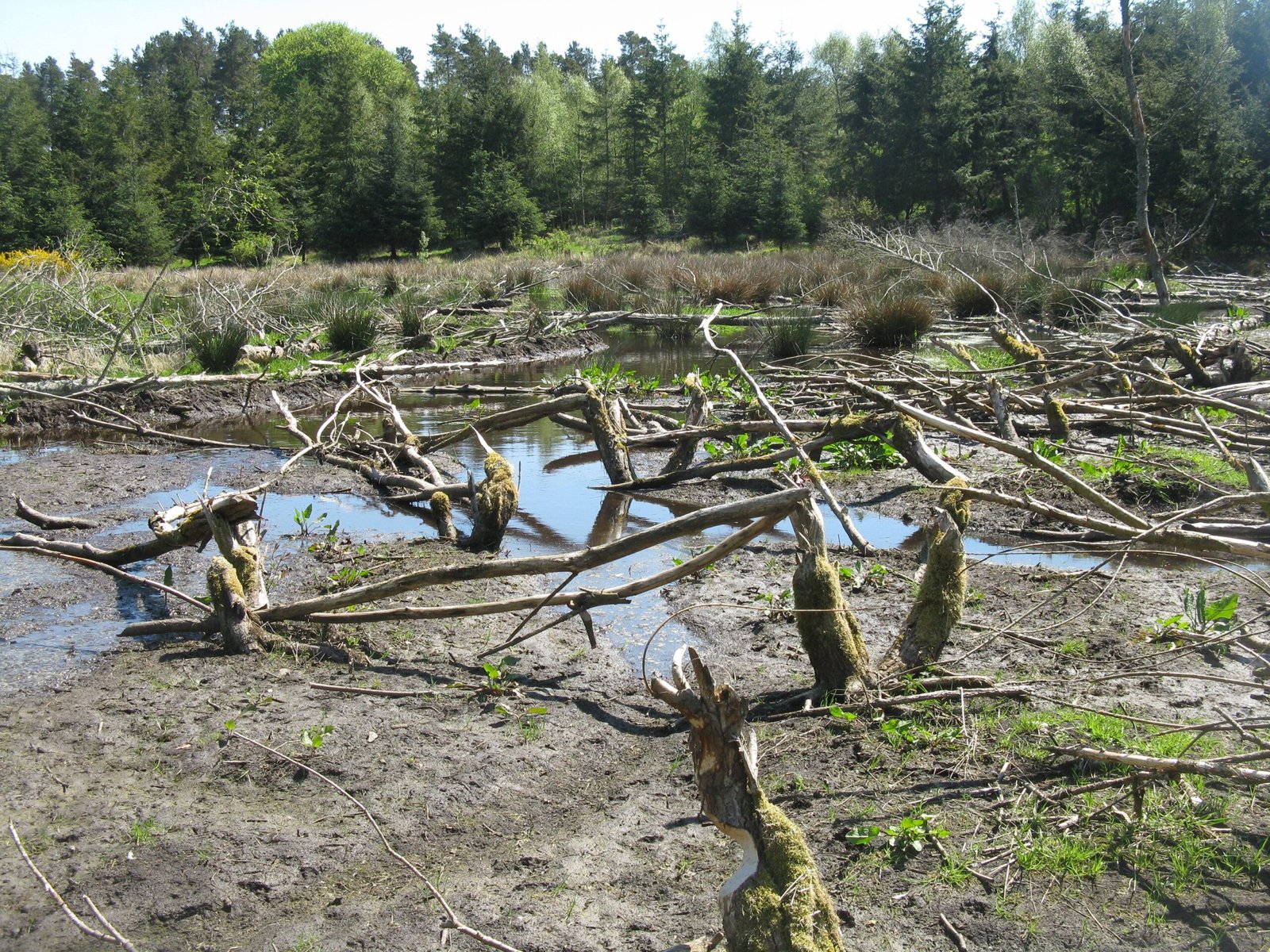
When beavers respond to running water and build dams, they aren’t just shaping their own world—they’re transforming entire ecosystems. The ponds and wetlands created by beaver dams provide habitat for countless other species, from frogs and fish to birds and insects. These wetlands help purify water, reduce flooding, and recharge groundwater supplies. In many cases, areas that were once dry or degraded become thriving oases of biodiversity, all because a beaver couldn’t resist the sound of a stream.
Unintended Consequences: When Beavers Build Too Much
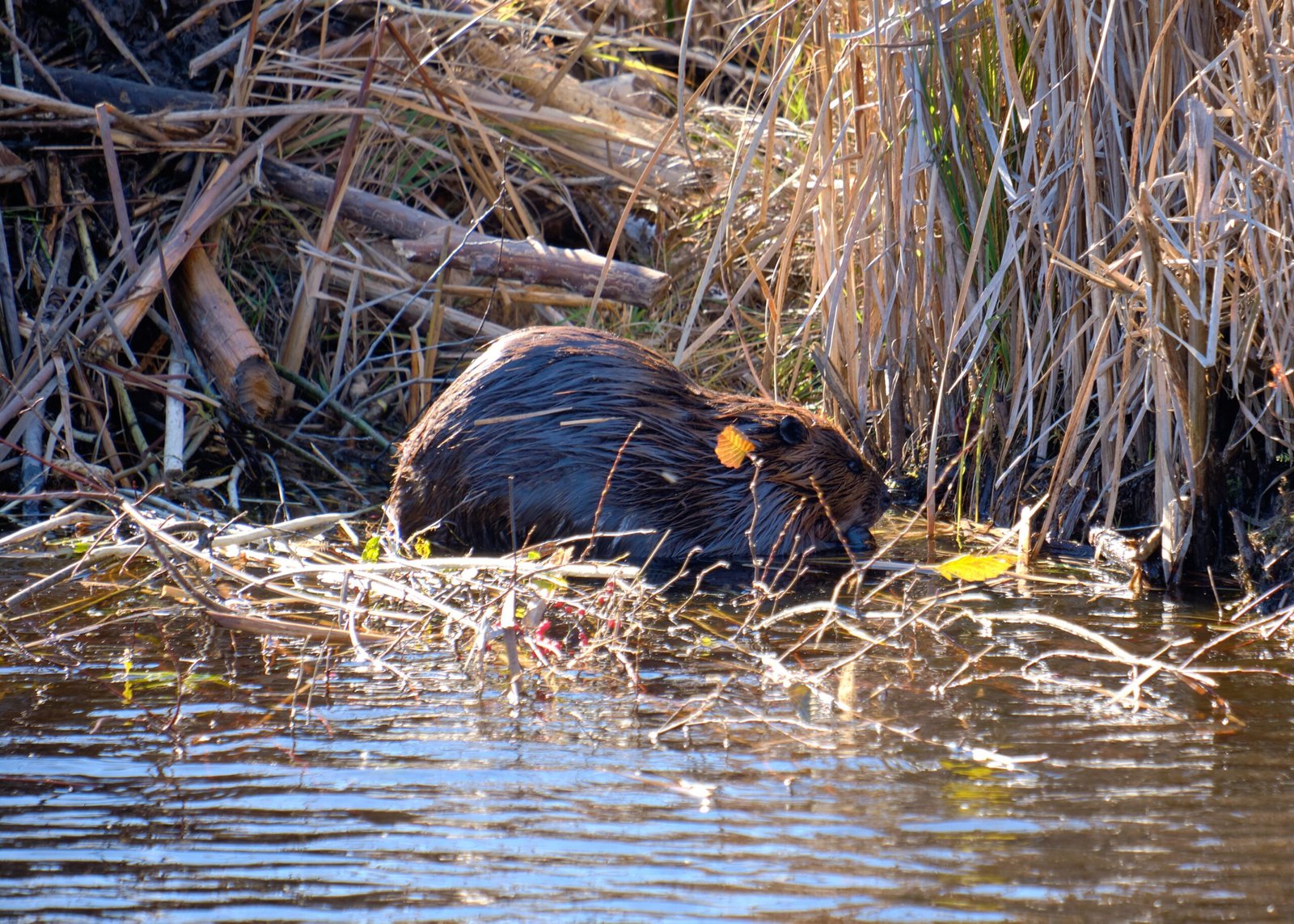
Sometimes, the beaver’s instinct to stop running water can have surprising downsides. In human-dominated landscapes, beavers may dam up culverts or irrigation ditches, causing flooding in roads or fields. While beavers are simply following their instincts, their impressive building skills can create headaches for people living nearby. Many communities have had to find creative ways to coexist with these natural engineers, like installing special “beaver deceivers” that let water flow without triggering the beavers’ urge to build.
How Beavers Learn: The Role of Experience
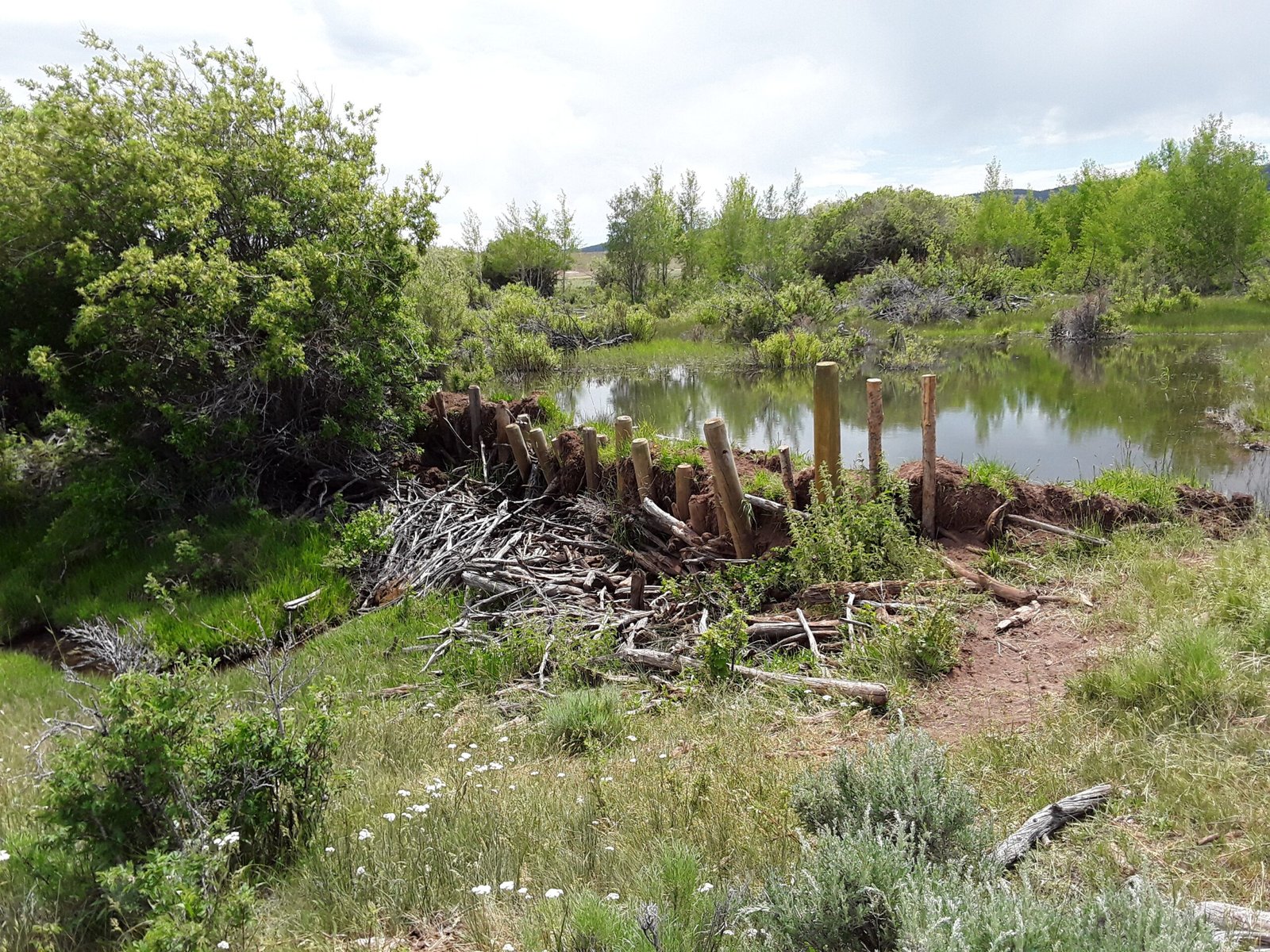
While beavers are born with a strong instinct to build, experience shapes their skills over time. Young beavers watch their parents and older siblings, learning the best techniques for gathering materials and placing them in just the right spots. Over the years, a beaver’s construction skills become more sophisticated. Older beavers know how to adapt to different water conditions, choosing materials that will hold up against strong currents or finding clever ways to reinforce weak spots in their dams.
Beavers in Action: Real-World Observations

Wildlife biologists have spent countless hours observing beavers at work, and their stories are nothing short of inspiring. In one memorable case, a beaver colony rebuilt a washed-out dam overnight, working tirelessly through rain and darkness. Another time, researchers watched as a single beaver spent hours dragging an enormous branch—many times its own size—across rough terrain to repair a breach. These real-life examples highlight the beaver’s determination and the almost obsessive nature of its response to running water.
What We Can Learn from Beaver Behavior
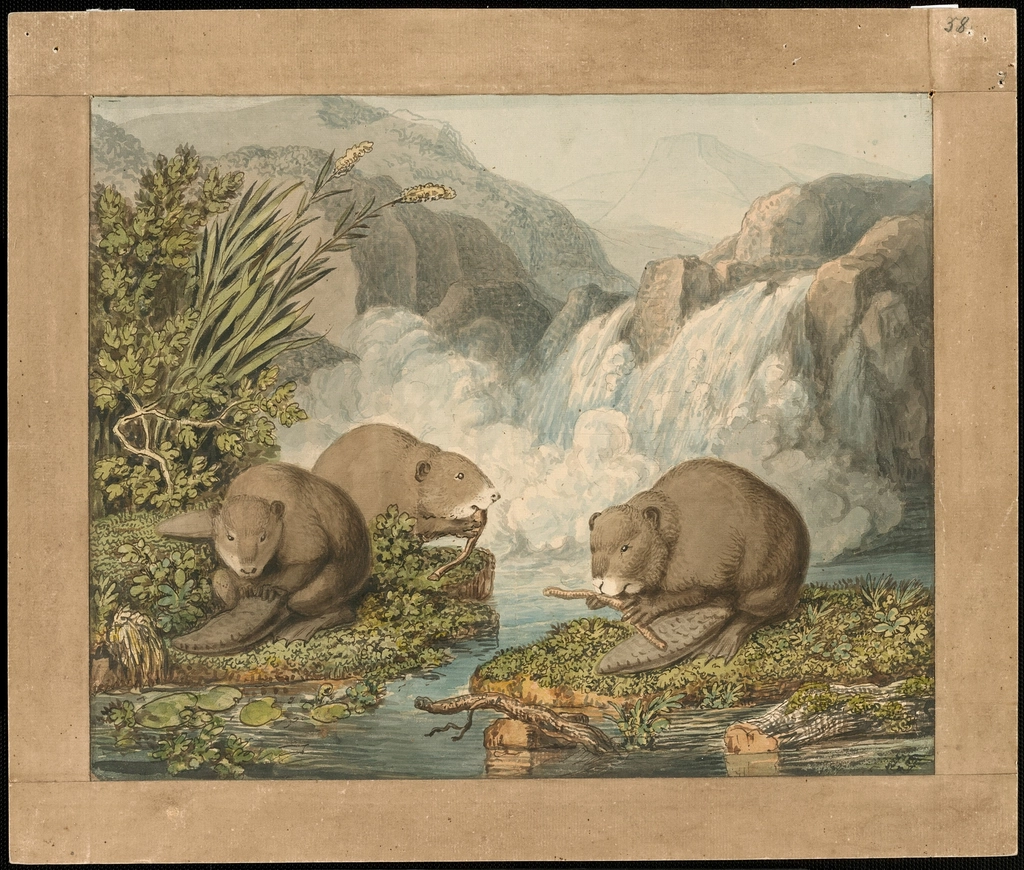
The beaver’s reaction to running water is a testament to the power of instinct and the marvels of animal engineering. It reminds us that even the simplest sensory cue—a sound—can trigger complex, purposeful behavior. In a world where many animals are losing their habitats, beavers stand out as creatures who shape and enrich their environment, one dam at a time. Their story inspires us to look closer at the natural world and appreciate the hidden genius behind everyday animal actions.


